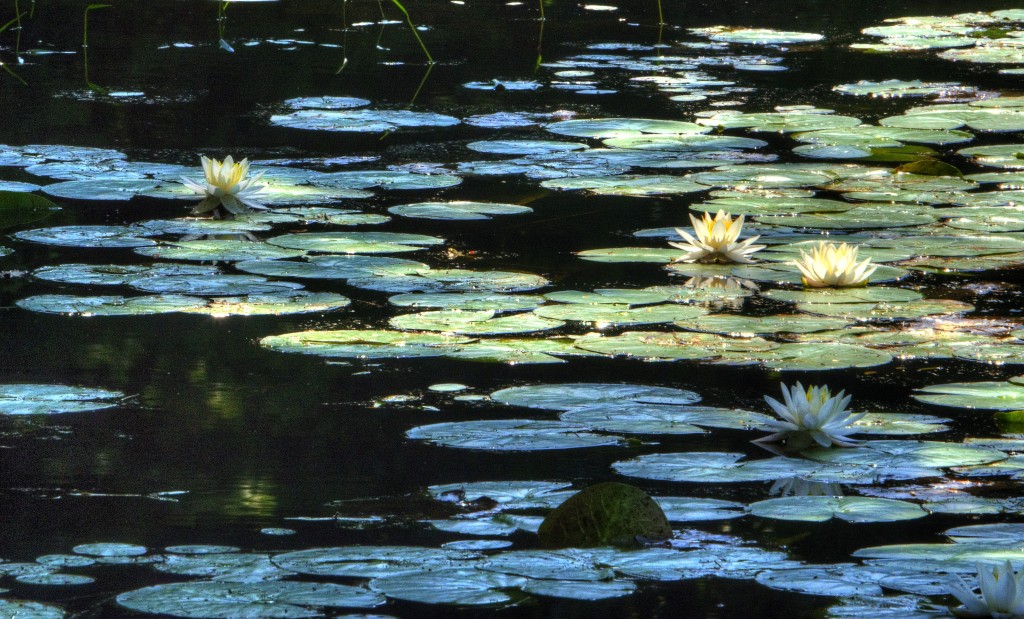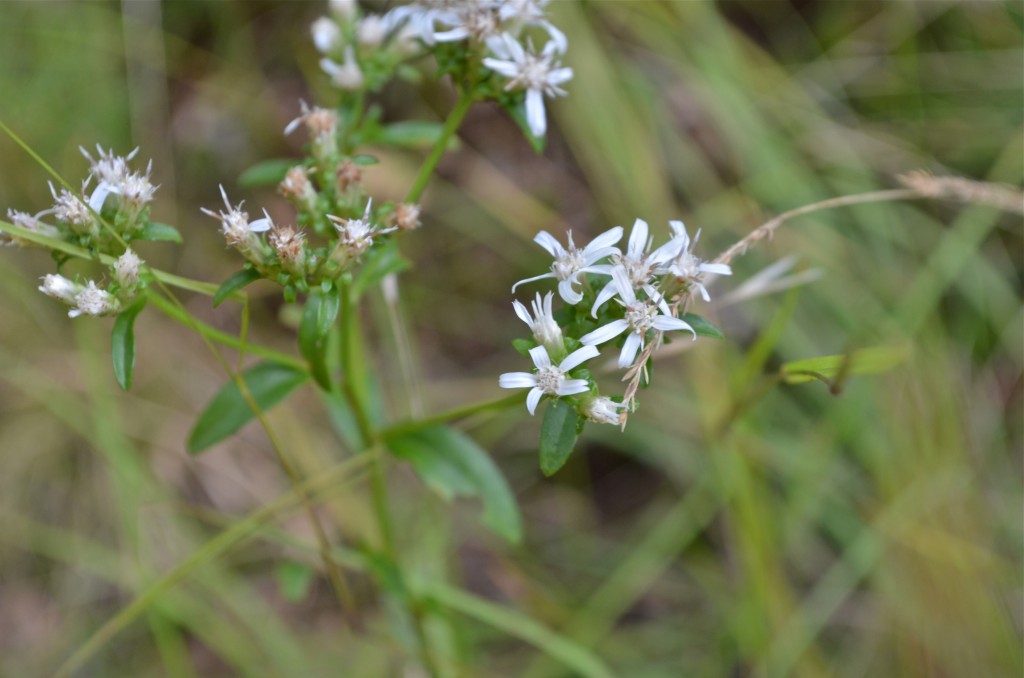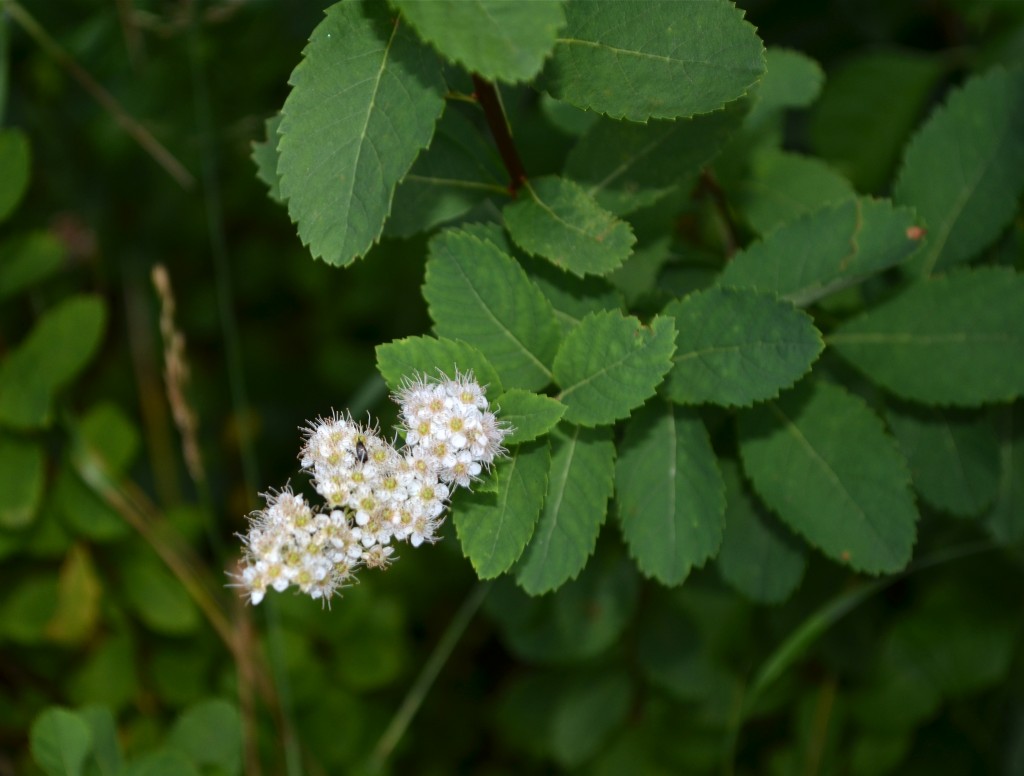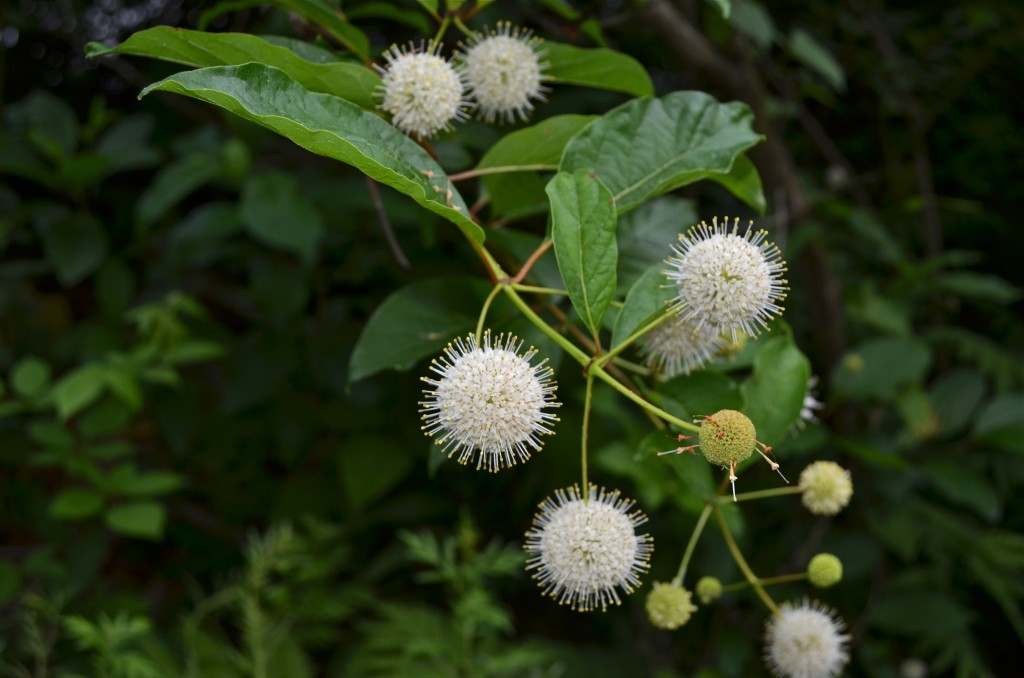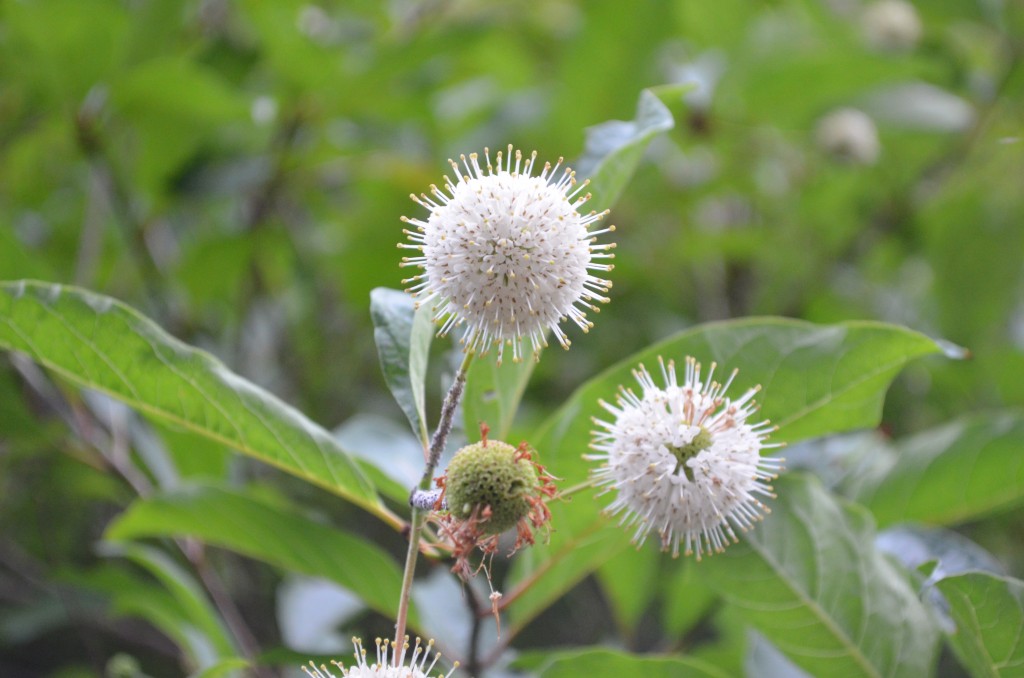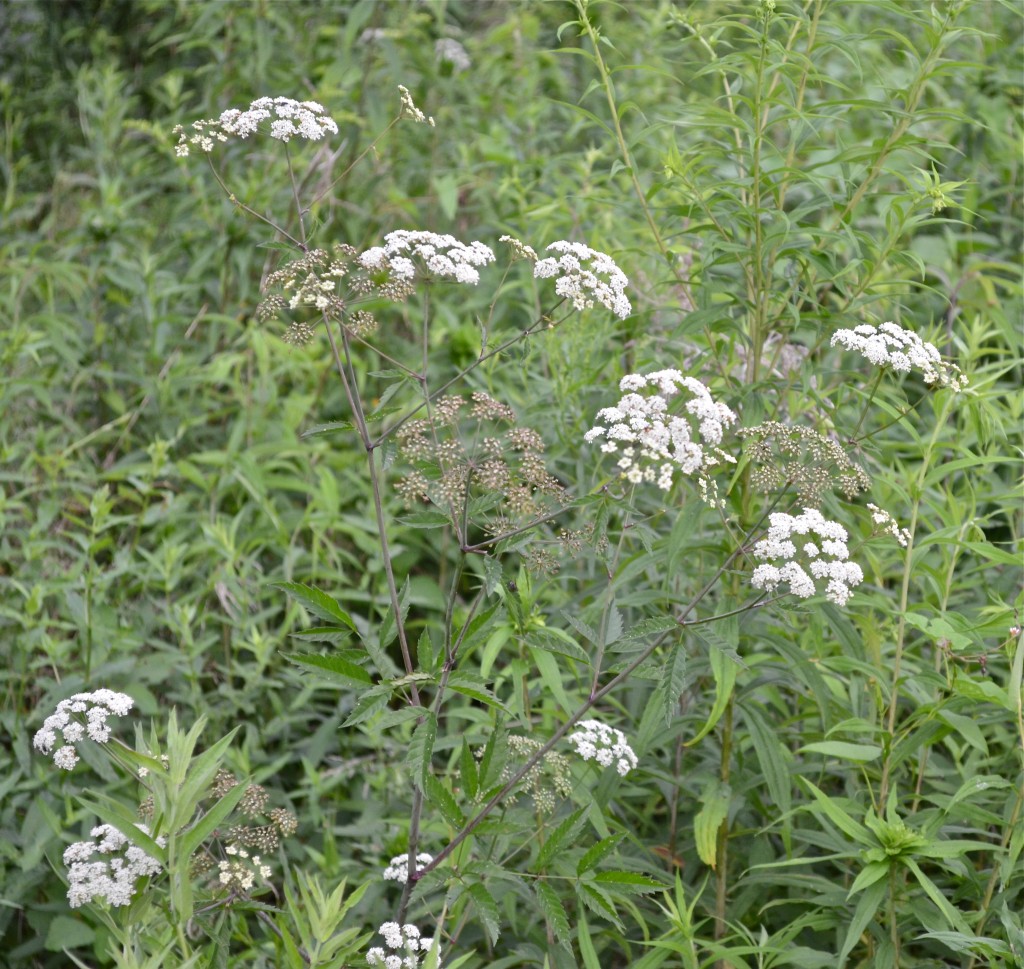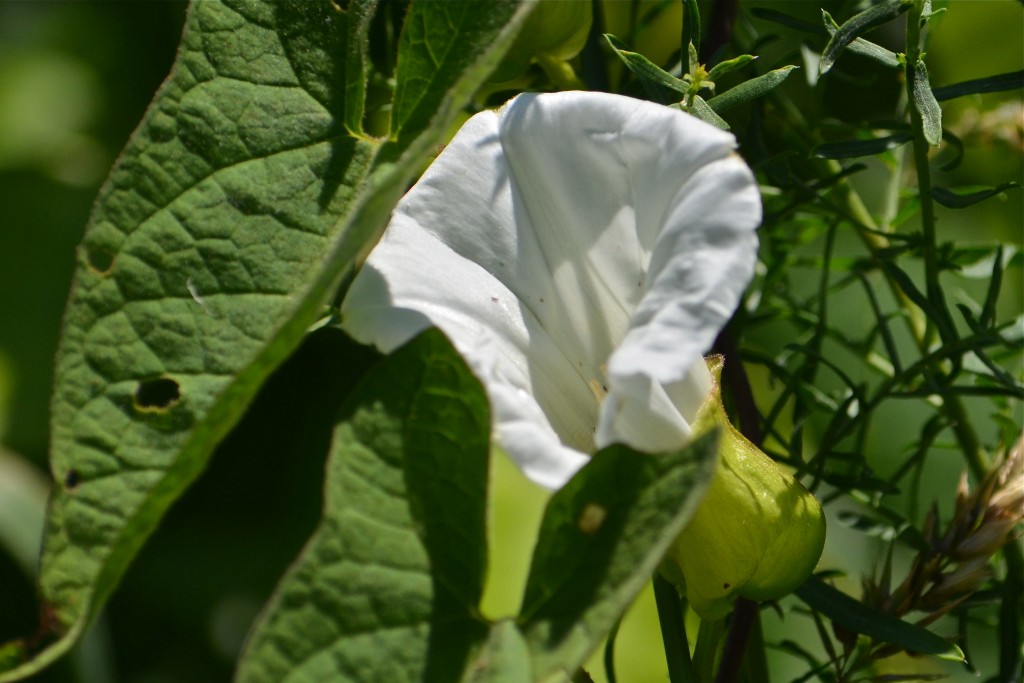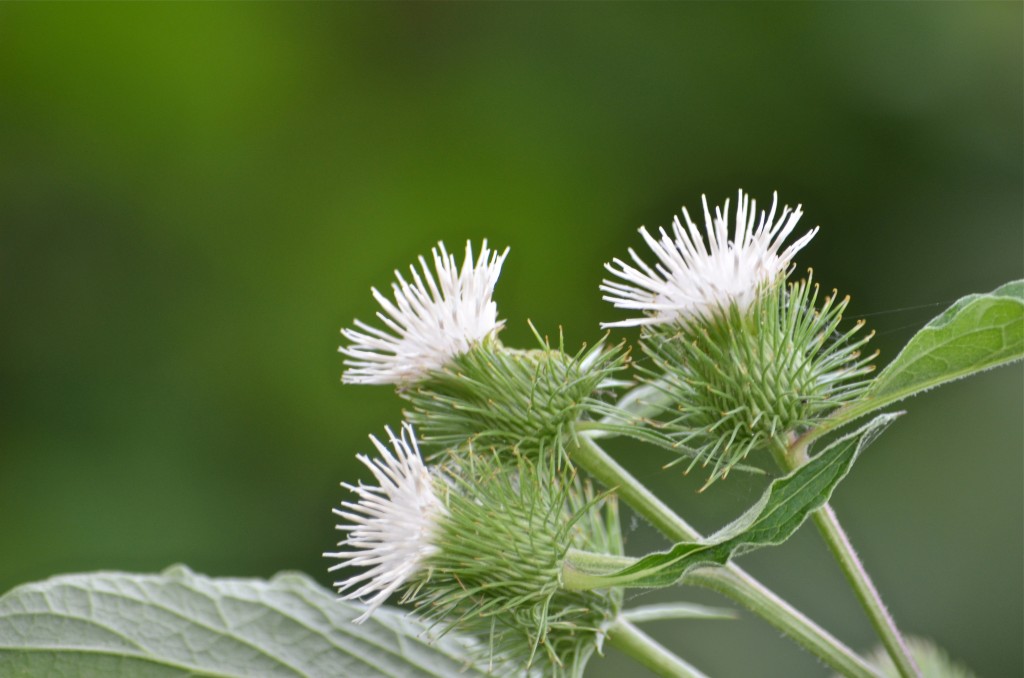I posted a water lily photo previously, but they are only open in the morning, and this is the first time I’ve managed a morning shot. They are so gorgeous and exotic-looking, I wanted to include this one too.
Category Archives: White
Sessile-leaved Water Horehound
Growing by the water. A variety of bugleweed. The genus name Lycopus means wolf foot, and the plant is so named because some varieties have leaves that resemble a wolf’s foot print. (Seems unlikely!) This species has many historical medical uses, especially as a sedative. Sessile-leaved means the leaves are attached to the main stalk without any stem. Mint Family.
Sessile-leaved Water Horehound, Clasping Water Horehound (Lycopus amplectens)
Toothed White-topped Aster
White Joe Pye Weed
Back to Centennial when the temperature was about 95. I don’t have a closeup of this plant because it’s out in the poison ivy field, but it’s about 8 feet tall, and even from a distance you can see the distinctive leaf structure. They’re wilted from the heat and drought I presume, but you can see that it’s several leaves encircling the central stalks (“whorled leaves”). The only giant plant I can find with that leaf is Joe Pye Weed, usually pink, but evidently there are white variations. Who was Joe Pye? It seems he was a colonial-era New England herbalist/doctor (Native American, in some versions) who famously used this weed to stop an epidemic of typhus. Native. Aster family.
White Joe Pye Weed (Eupatorium)
Meadowsweet
Button Bush
A fascinating plant that presumably in past years I walked by blindfolded. A shrubby little tree growing with its feet in the Charles River. Has medicinal uses, but also considered toxic. Good for butterfly gardens! Coffee Family. Native.
Button Bush, Button-willow, Honey Bells (Cephalanthus occidentalis)
Water Hemlock
Field Bindweed
Great Burdock

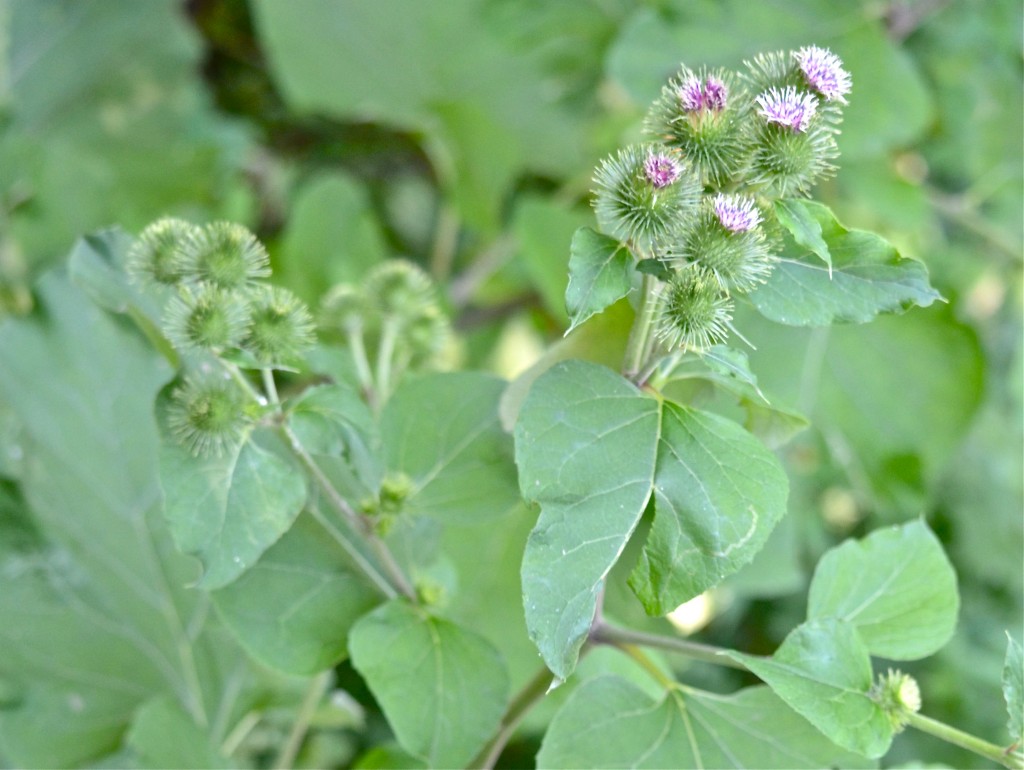
These can get to be 9 feet tall. All parts were used medicinally — leaves, roots, flowers, and seeds. One way to distinguish it from common burdock is that the flowers are on little stalks, whereas in common burdock the flowers cluster directly on the main stem. Aster family. Native to Europe, Asia. Cultivated in Japan because they like to eat it, especially the roots, julienned and braised with a sauce or pickled in sushi, or as a snack chip.
Great Burdock, Beggar’s Buttons (Arcticum lappa)
Bonus: Most of these are purple, but there was also a white one:
Mountain Meadow Rue
In a swampy area. I have an earlier post for a bigger, taller variety of rue. This one is small and low growing. Apparently rare in this region. (I got lost on this hike too! and saw a deer bound by that the dogs didn’t see, but when we got near where it passed, they smelled it and were in the grips of their DNA, desperate to chase!)
Mountain Meadow Rue, Cliff Meadow Rue, Lady Rue (Thalictrum clavatum)

